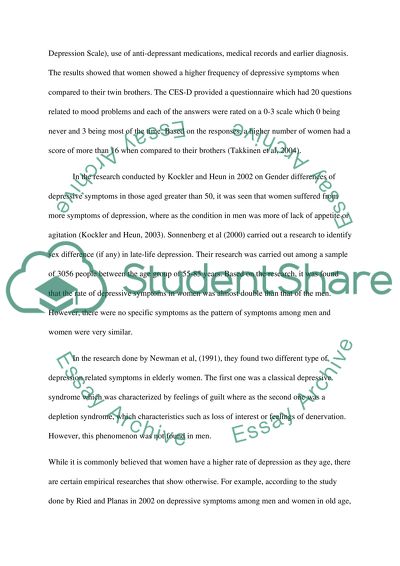Cite this document
(“Difference in Depression Patterns among Men and Women in Old Age Essay”, n.d.)
Difference in Depression Patterns among Men and Women in Old Age Essay. Retrieved from https://studentshare.org/psychology/1453169-gender-differences-in-depression-of-older-adults
Difference in Depression Patterns among Men and Women in Old Age Essay. Retrieved from https://studentshare.org/psychology/1453169-gender-differences-in-depression-of-older-adults
(Difference in Depression Patterns Among Men and Women in Old Age Essay)
Difference in Depression Patterns Among Men and Women in Old Age Essay. https://studentshare.org/psychology/1453169-gender-differences-in-depression-of-older-adults.
Difference in Depression Patterns Among Men and Women in Old Age Essay. https://studentshare.org/psychology/1453169-gender-differences-in-depression-of-older-adults.
“Difference in Depression Patterns Among Men and Women in Old Age Essay”, n.d. https://studentshare.org/psychology/1453169-gender-differences-in-depression-of-older-adults.


